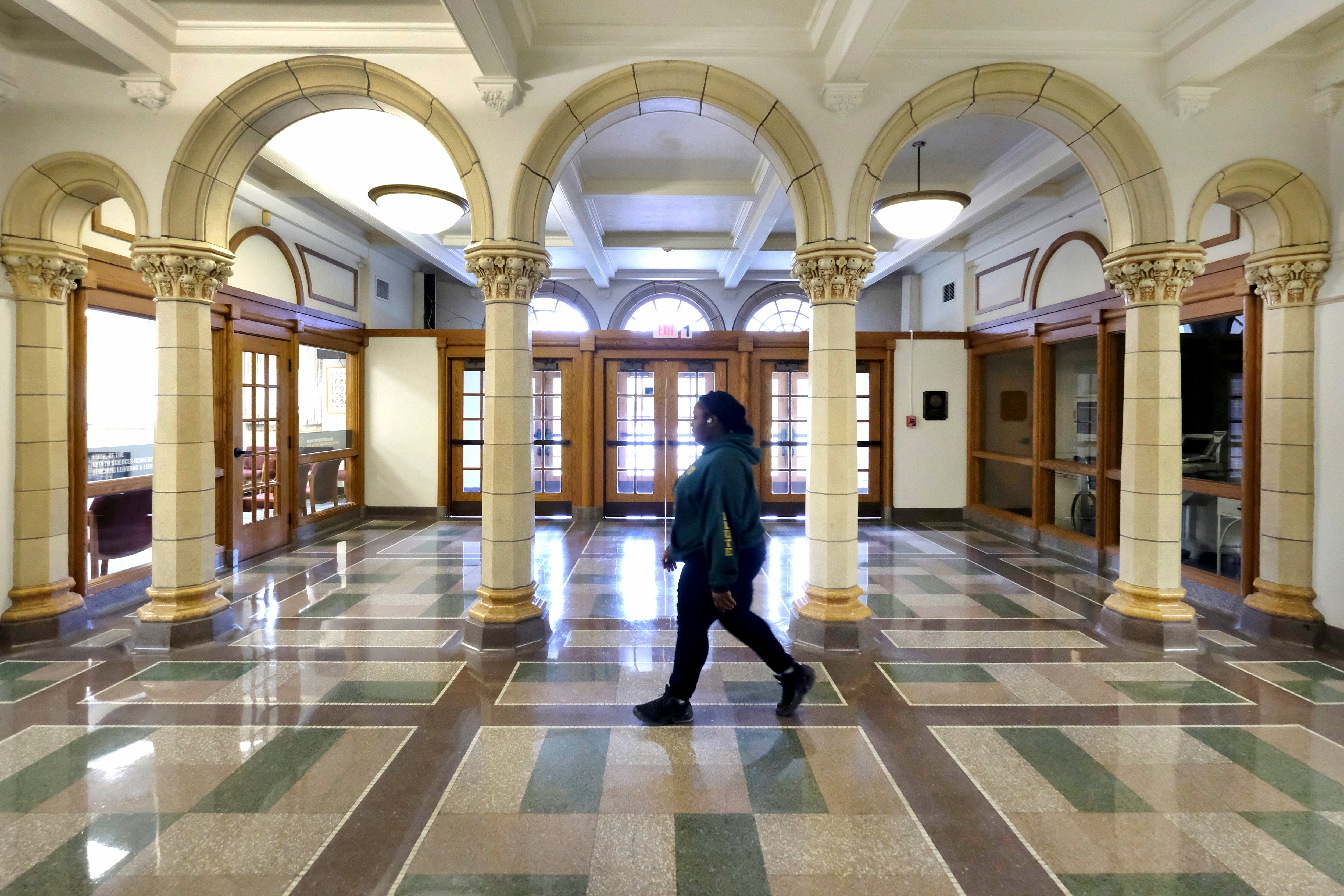Over the past two years, many rural schools around Indiana have worked to offer more college credit classes. Now, organizers are moving the initiative into cities like Indianapolis and expect similar results for their students.
The Center of Excellence in Leadership of Learning at the University of Indianapolis is expanding on their efforts within the Early College High School model to create the Urban College Acceleration Network, or UCAN. The support for the new program comes after the center created the Rural Early College Network in 2019 that now includes 20 Indiana schools.
The idea behind both networks, rural and urban, is to give schools more support and resources encouraging students to enroll in classes that give them college credit.
A key element of the networks are high schools that serve as “mentors.” These schools have already been certified by CELL as “Early College High Schools” — Ben Davis University High school in Indianapolis, for example, was previously certified and is now serving as a UCAN mentor school. With the staff and classes already in place, these mentor schools guide the new schools toward endorsement as an Early College High School.
Once a school has been certified by the program as an Early College High School, students will have access to more dual credit courses and advanced coursework. This endorsement process already existed in the state, and typically would take three to five years for schools to complete. But over the last two years, seven schools in the rural network program have reached endorsement.
Janet Boyle, the director of the Rural Early College Network, said that previously, some high schools had been trying to reach the “Early College” endorsement for eight to 10 years before joining the network.
After two years of running the rural network, the center launched the urban network this year. UCAN received $4.1 million from ESSER funding to start a network consisting of 16 schools, including five in Indianapolis. The funding will support the program for at least two years.
According to recently released state data, 62% of 2020 Indiana high school graduates received some form of college credit through their classes, whether that was through dual credit courses or Advanced Placement. The premise of the Early College High School model is to increase that number.
While the first network targeted students living in rural areas, organizers believe this similar structure will benefit students at city schools too.
“It’s purposely trying to find the kids that traditionally don’t go on to college,” Boyle said about the program. “Even though rural schools don’t have as many students of color, they’ve got first generation students and they’ve sure got poverty. So there is more similarity than you might think.”
To achieve that goal, Early College tries to bring opportunities to students of color and those from lower income households. Because of this, Boyle said, students can save thousands of dollars in tuition costs by taking the classes for free in high school, not at a university.
While the majority of Indiana’s high school graduates from two years ago received college credit through their coursework, the share of Indiana students enrolling in higher education has declined recently. Boyle said the center’s program can encourage more students to enroll in higher education.
Katie Dorsey, vice president of strategic planning of Herron Classical Schools, a public charter network in Indianapolis, agrees. Two schools within the charter network will be involved in UCAN.
“As a school counselor, I know we talked about a soft handoff from high school to college, especially for students who demographically or historically aren’t as likely to persist and complete that degree,” said Dorsey, who used to work as a school counselor. “When students arrive on a college campus with a good portion of their credits already fulfilled, it gives them momentum to complete that first semester and then that first year.”
Principal Corye Franklin of Arsenal Technical High School in Indianapolis said he toured multiple schools showing the program’s model from both the center’s rural program and even some schools outside Indiana. He said he was impressed by the collaboration seen between educators and students and is excited to see Arsenal Tech become a partner school within the network.
While Franklin hopes this network can increase a student’s chance to pursue higher education, he believes it is important for schools to prepare graduating students for a range of possibilities, including the workforce or trade schools. The network, he says, can support all of those options.
“We want to make sure that we are supporting all of our students,” Franklin said. “With that, we want to make sure that when students get to the stage and they’re ready to walk across, we are preparing them for enrollment, employment, or enlistment.”
Correction: This article has been corrected to reflect Janet Boyle’s position with the Rural Early College Network.
Chalkbeat Indiana partners with Open Campus on higher education coverage.
Helen Rummel is a summer reporting intern covering education in the Indianapolis area. Contact Helen at hrummel@chalkbeat.org.







